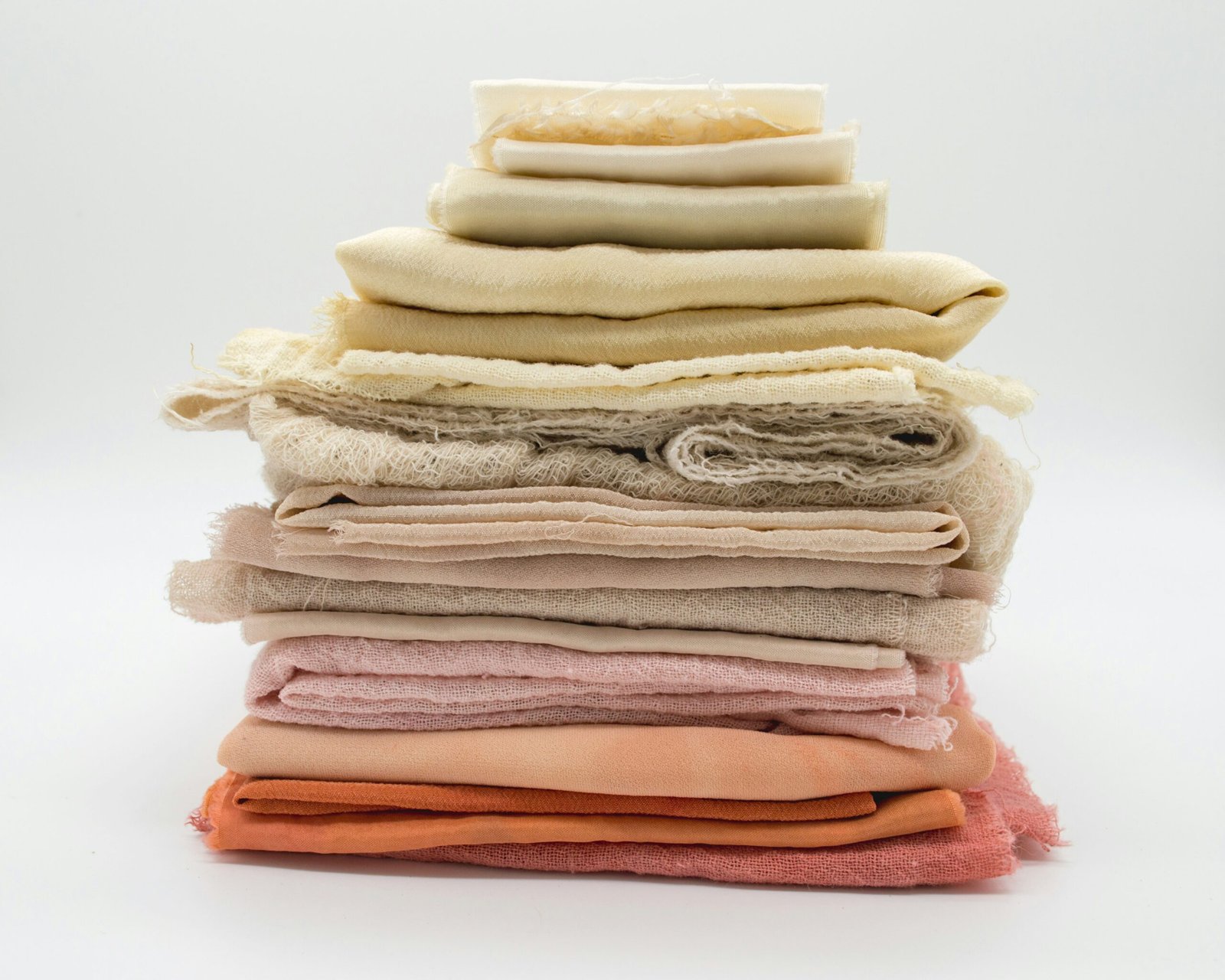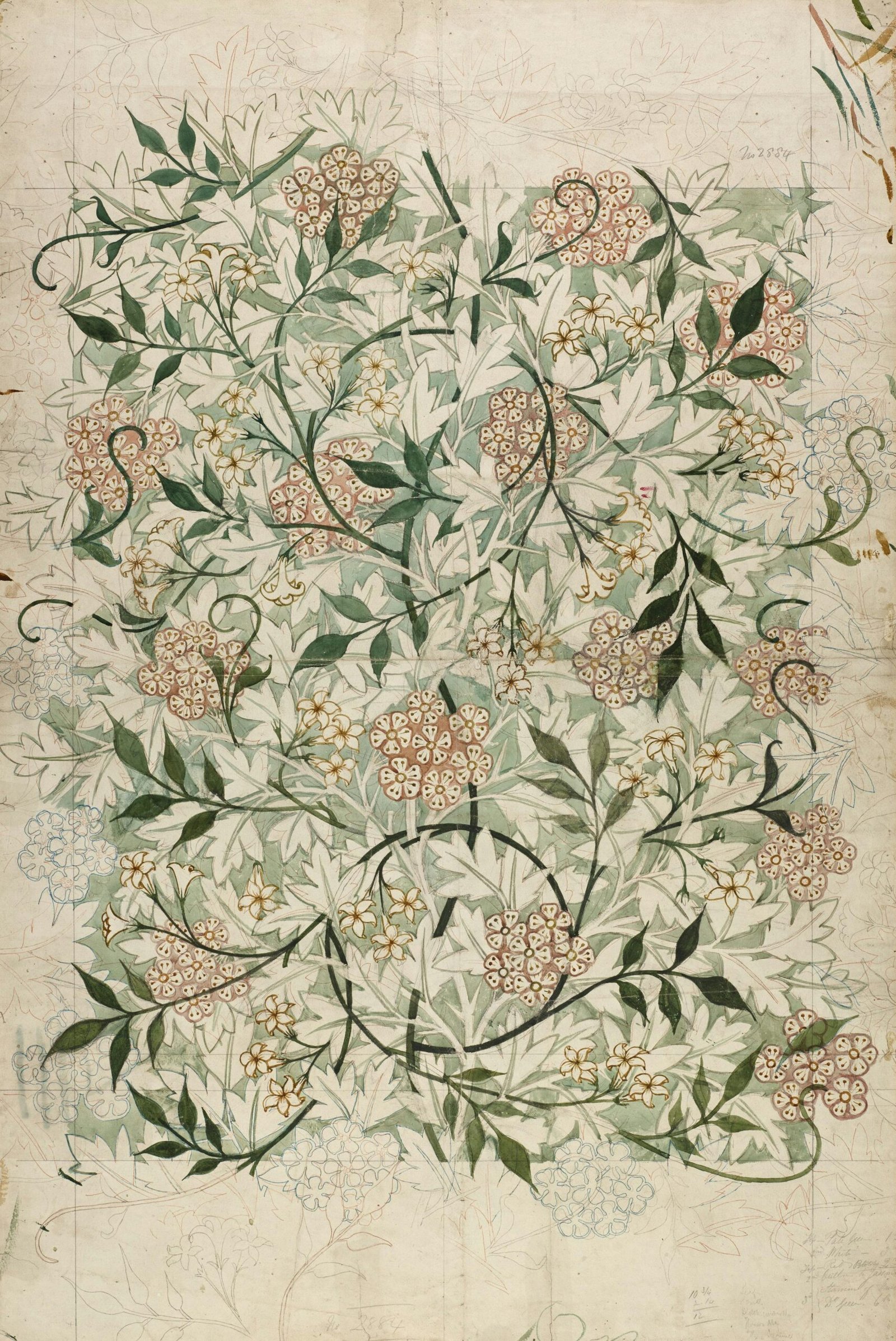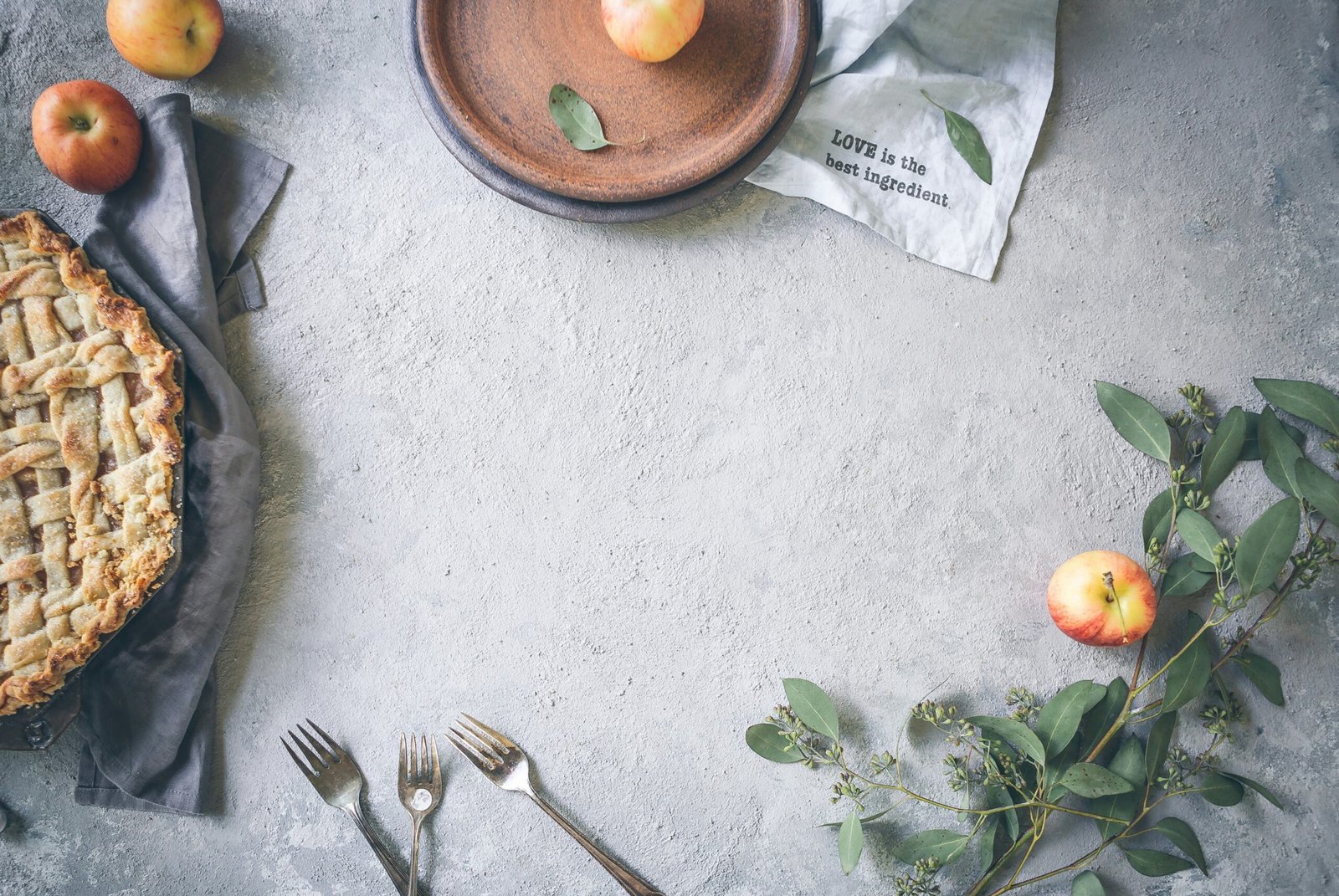Understanding Wallpaper Types and Their Applications
When embarking on any DIY home improvement project, understanding the different types of wallpaper is crucial for selecting the right material for your space. There are four primary wallpaper types available: vinyl, paper, non-woven, and fabric. Each of these types has distinct characteristics that can influence their suitability for various applications.
Vinyl wallpaper is widely popular due to its durability and moisture resistance, making it an excellent choice for high-traffic areas such as hallways and kitchens. Its wipeable surface is ideal for environments prone to stains and splashes. For application, vinyl is available in both pre-pasted and paste-the-wall varieties, providing flexibility for DIY enthusiasts looking for ease of installation.
Paper wallpaper, while less durable than vinyl, offers a classic aesthetic and extensive design options, ideal for spaces like bedrooms and living rooms where longevity may not be as critical. It is generally more eco-friendly; however, its vulnerability to moisture means it is unsuitable for bathrooms or kitchens without additional protective measures.
Non-woven wallpaper combines the benefits of both vinyl and paper. It is easy to handle and remove, making it an attractive option for renters and those considering frequent redesigns. Its breathable material allows for air circulation, reducing the risk of mold and mildew. This type is suitable for most rooms, provided that proper adherence to the installation instructions is followed.
Lastly, fabric wallpaper offers a luxurious texture and unique appearance, perfect for creating a statement wall in any room. However, it requires more maintenance and is usually better suited for lower-traffic areas. When selecting wallpaper, consider the function of the room, the amount of natural or artificial light it receives, and how well it complements existing decor. Understanding these factors is vital for a successful DIY wallpaper application.
Creative Ways to Use Wallpaper Beyond the Walls
Wallpaper is often synonymous with traditional wall applications, but its versatility allows for a myriad of creative DIY projects that can breathe fresh life into your home decor. One innovative way to repurpose wallpaper is by transforming furniture. For instance, applying wallpaper to the surfaces of a simple side table or desk can create an eye-catching centerpiece that is entirely unique. This DIY approach not only revitalizes old furniture but also allows individuals to express their personal style through various patterns and textures.
Another imaginative use of wallpaper is framing it as art. By selecting striking sections of wallpaper, you can create a series of framed artworks that enhance the aesthetic of your space. This process involves cutting the wallpaper to desired dimensions, placing it within a frame, and hanging it in areas like the living room or hallway. It serves as an affordable yet sophisticated way to add visual interest without committing to permanent changes.
Furthermore, wallpaper can be utilized to make custom shelves. By applying wallpaper to the surfaces of wooden or metal shelving units, homeowners can achieve a cohesive look that complements their overall design scheme. Aligning the wallpaper with hues present in other decor elements ensures a harmonious connection throughout the space.
Another practical and stylish use of wallpaper is to line drawers and shelves. This subtle touch can elevate mundane storage areas, making them aesthetically pleasing every time you open them. Applying wallpaper inside cabinets or on the backs of open shelves disguises imperfections and adds a splash of color or pattern that might otherwise go unnoticed. Think outside the box with these DIY wallpaper hacks that not only save money but also showcase your creativity in refreshing your environment.
Tips for Preparing and Applying Wallpaper Like a Pro
Embarking on a DIY wallpapering project requires careful preparation and application to achieve a flawless finish. Start by measuring your walls meticulously to determine the amount of wallpaper needed. Utilize a measuring tape to find the height and width of each wall and consider allowances for patterns. Once you have accurate measurements, cut the wallpaper accordingly, ensuring to allow extra material for trimming later.
Before you begin applying the wallpaper, it is crucial to prepare the walls properly. Start by cleaning the wall surfaces to remove any dust, grease, or stains that could interfere with adhesion. For optimal application, consider priming the walls with a suitable primer to create an ideal surface that encourages better adhesion, especially if working with fresh drywall or older, porous surfaces.
When it comes to the application process, various techniques cater to different wallpaper types. For traditional papers, the paste-the-wall method is prevalent; it involves applying adhesive to the wall before positioning the wallpaper. This technique allows for easier repositioning, resulting in a seamless finish. Alternatively, peel-and-stick wallpaper is an excellent choice for DIY enthusiasts seeking a simpler approach, as it requires minimal tools and expertise.
However, challenges may arise during the application process, including air bubbles and seams that do not align. If you encounter air bubbles, gently lift the wallpaper using a smoothing tool and work the bubble towards the edge. For seams, make sure to match the patterns carefully during installation for a consistent look. In conclusion, with proper preparation and application techniques, your DIY wallpapering project can transform your space beautifully and efficiently.
Maintaining and Updating Your Wallpapered Space
To ensure the longevity of your wallpaper, it is essential to adopt proper maintenance practices. Different wallpaper materials require distinct cleaning techniques; hence, recognizing the type of wallpaper is fundamental. For example, vinyl wallpaper, known for its durability, can often be wiped down with a damp cloth and mild soap. Conversely, fabric wallpapers may need dry cleaning, as water might damage the fibers. Regular dusting and spot cleaning are practical approaches to keep your wallpaper looking vibrant.
In addition to cleaning, it is important to monitor your wallpaper for any signs of wear and tear. Over time, edges may peel or seams may become loose; addressing these issues promptly can prevent further damage. For minor repairs, wallpaper adhesive can be applied to reattach loose sections. In cases where damage is more extensive, replacing a small section of wallpaper can restore the overall aesthetic without necessitating an entire overhaul. When removing and replacing sections, ensure you have extra wallpaper from the original batch to maintain a consistent look.
Consider seasonal updates that can add freshness to your space without full wallpaper replacement. Simple tweaks, such as adding wallpaper borders or applying stencils, can provide a distinctive look without the commitment of a complete redesign. Additionally, temporary wallpaper options allow for easy changes to themes or colors, making them ideal for those who like to experiment with their decor. With these strategies, maintaining and updating your wallpapered space can be an engaging and rewarding DIY project, keeping your environment inviting and stylish year-round.



